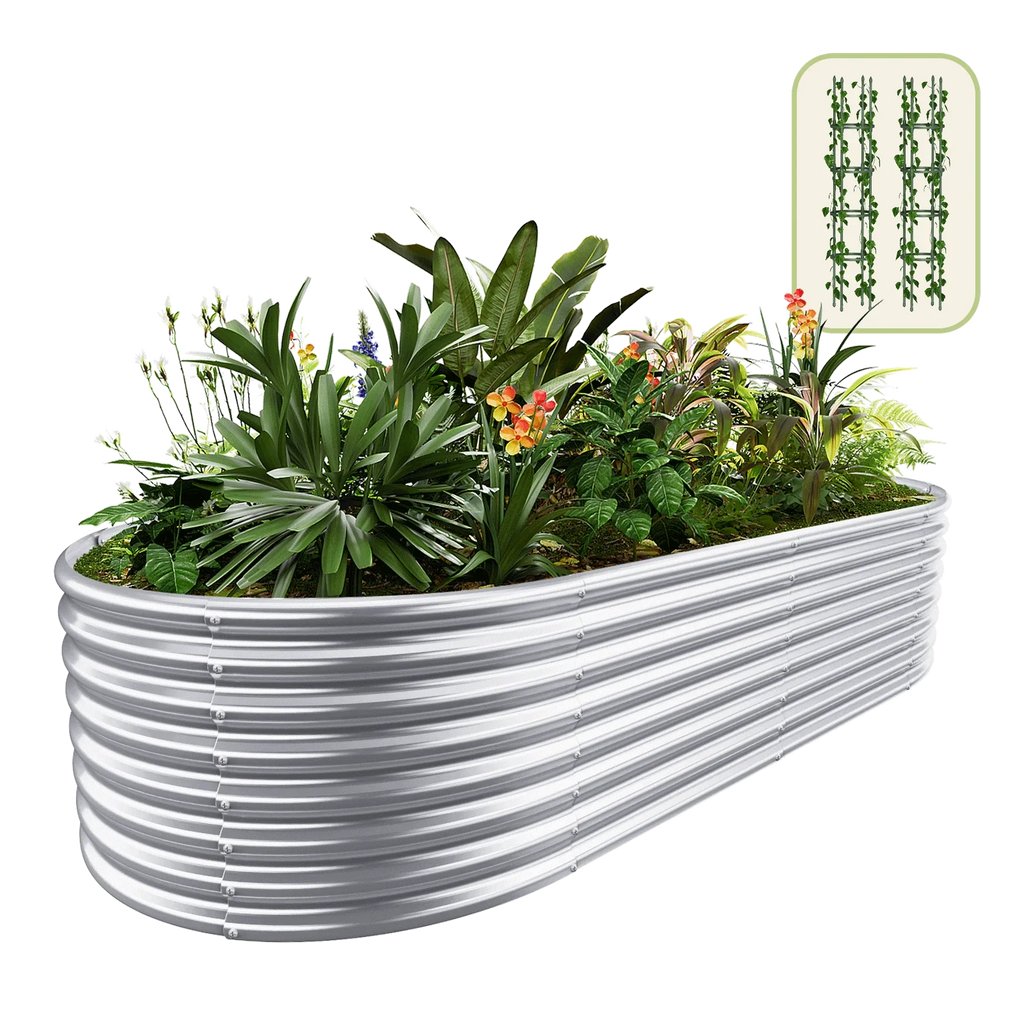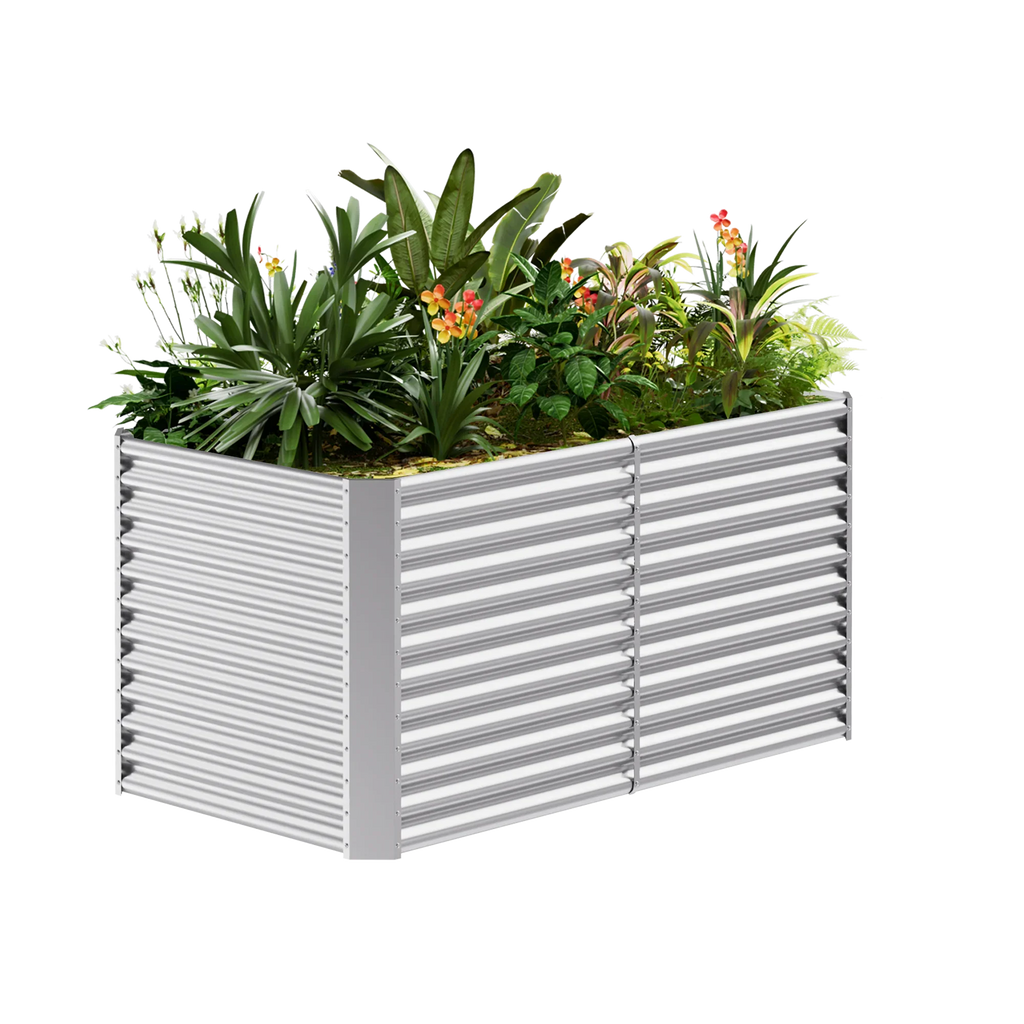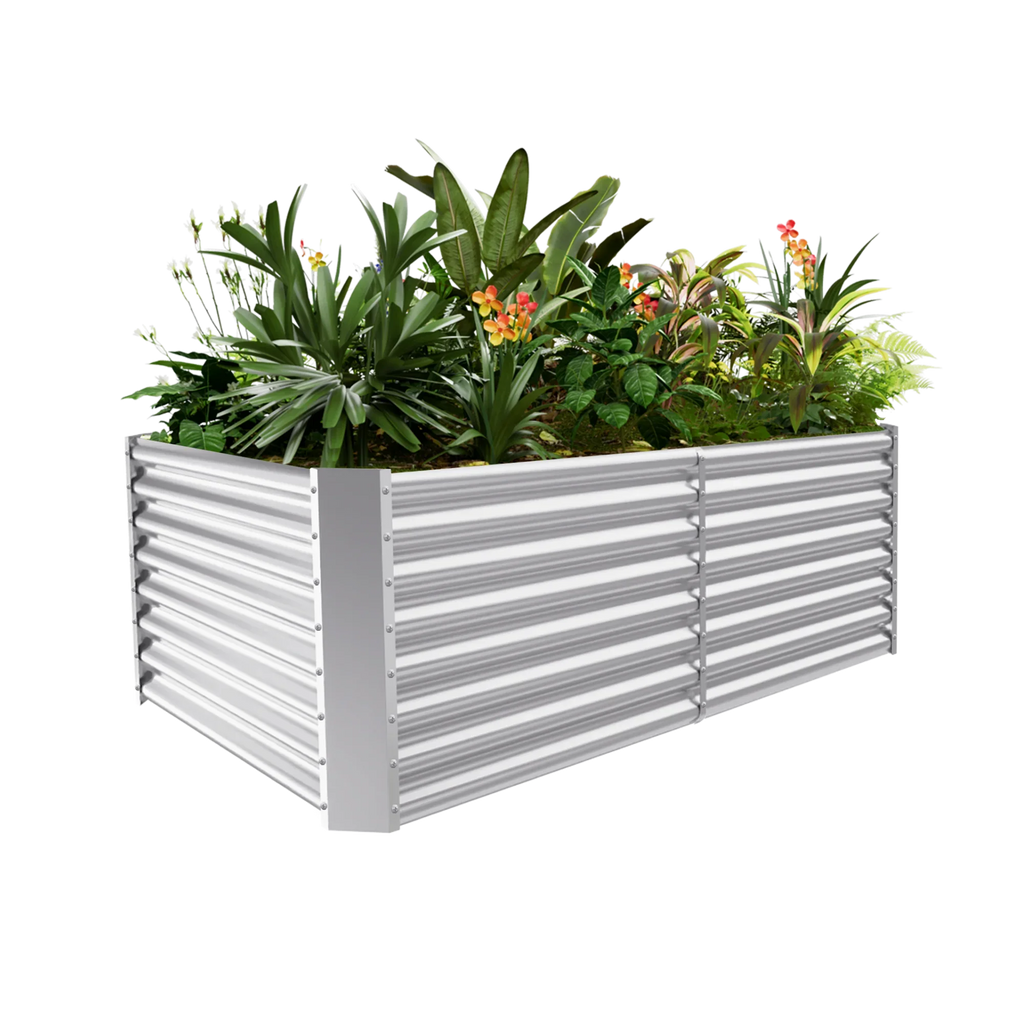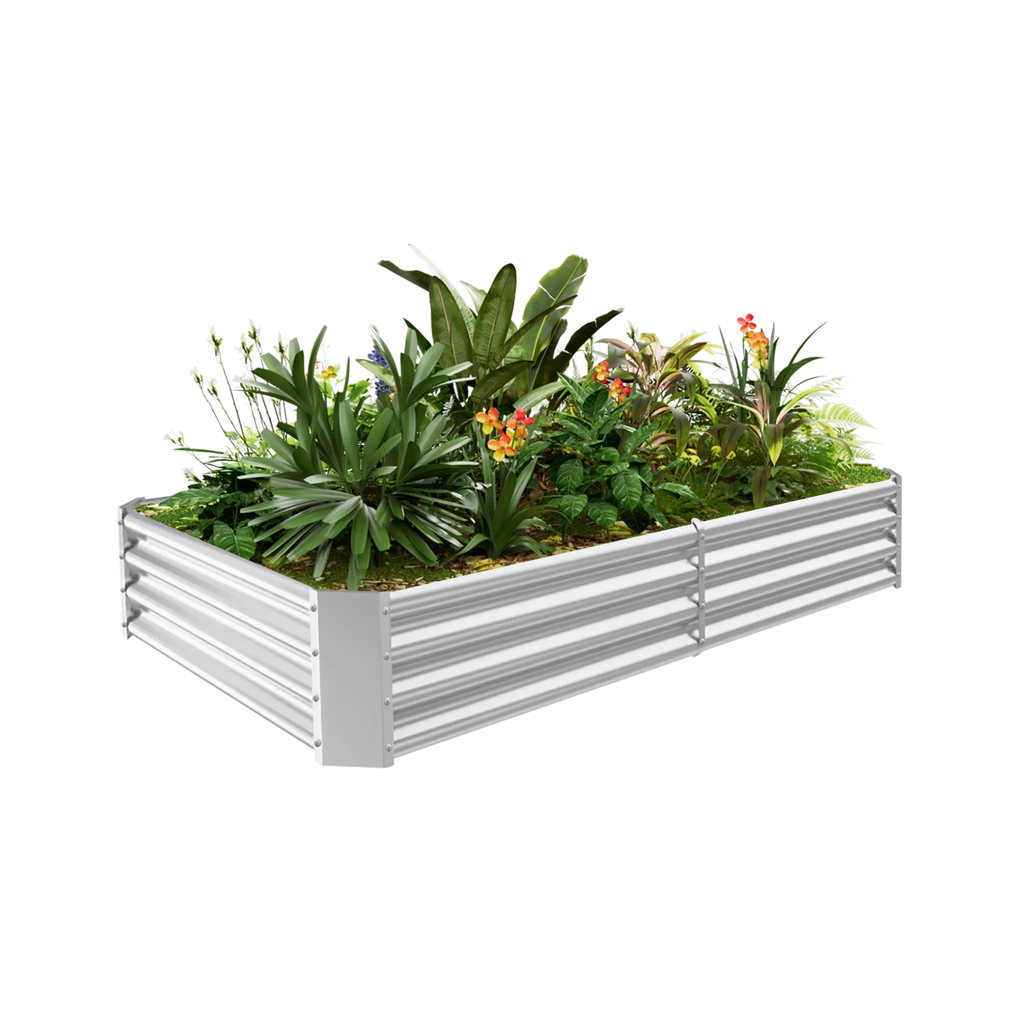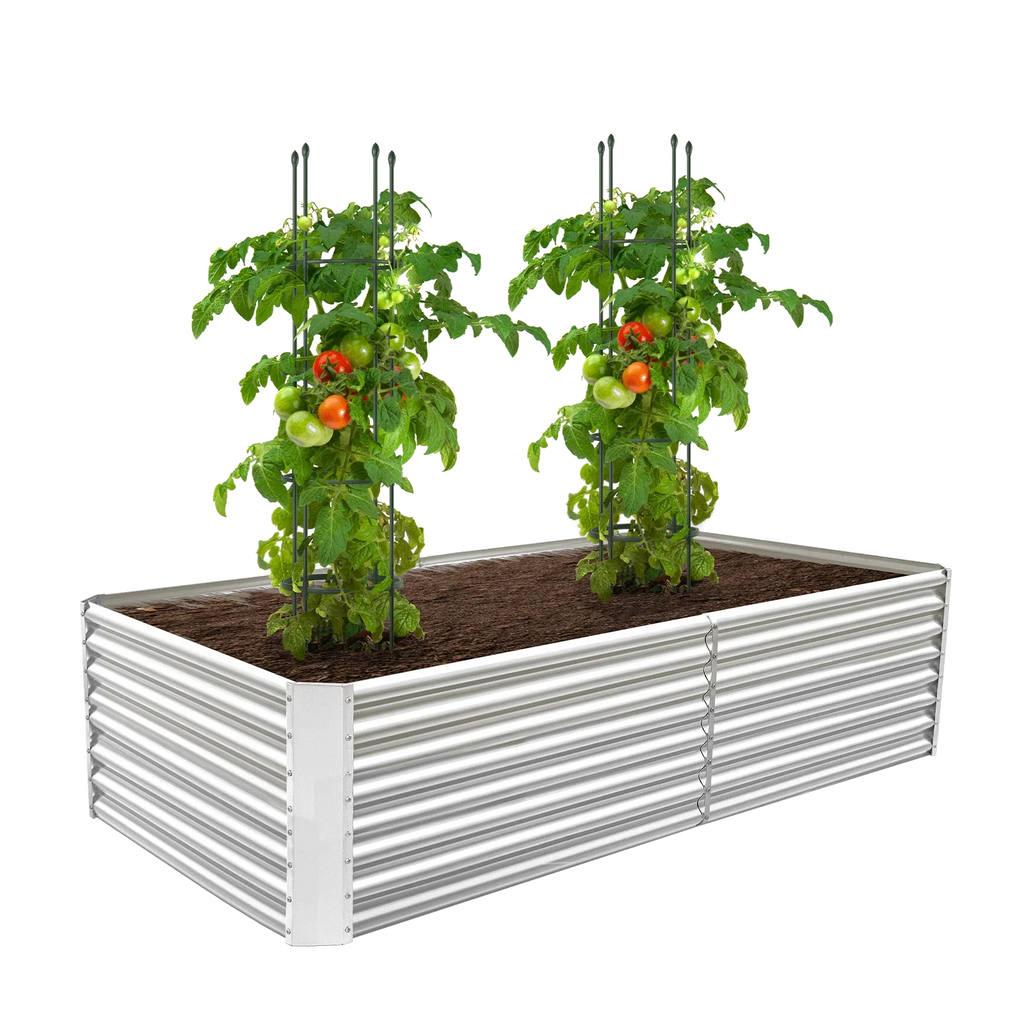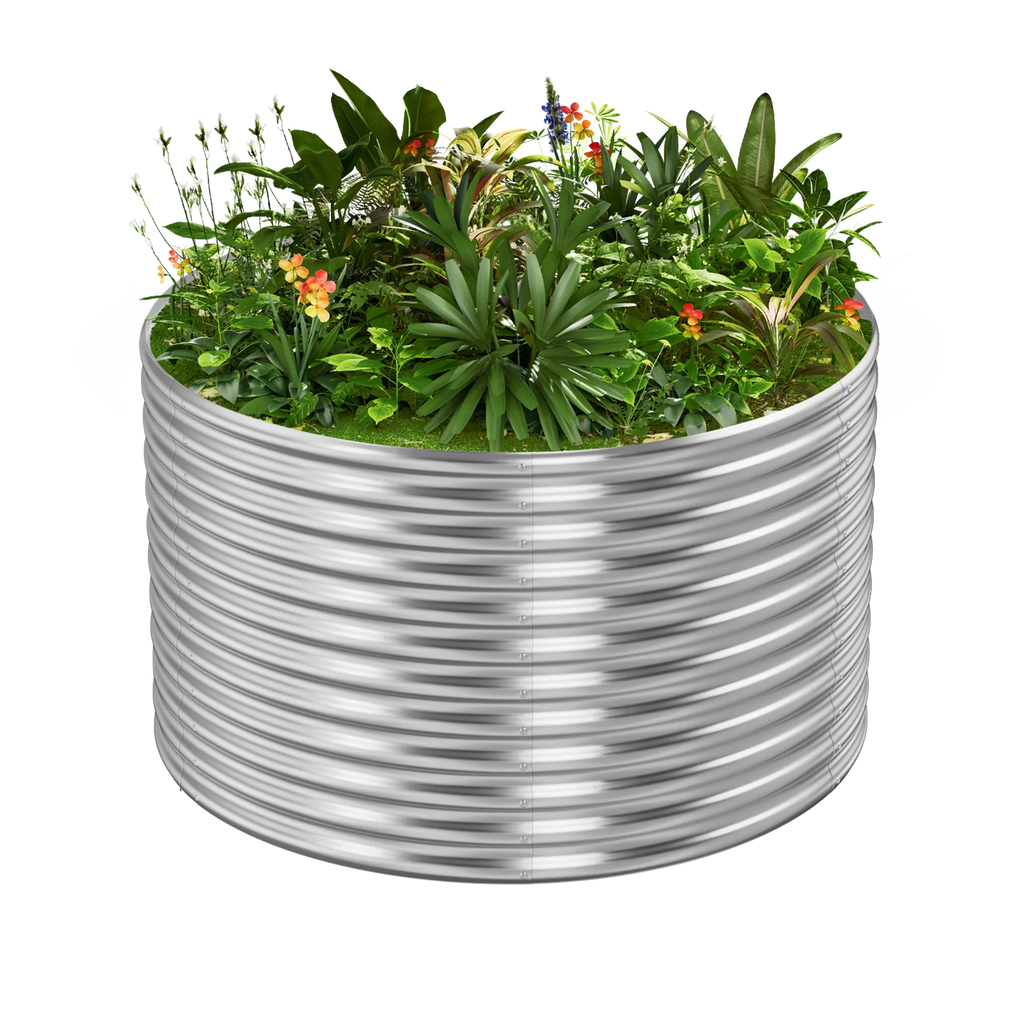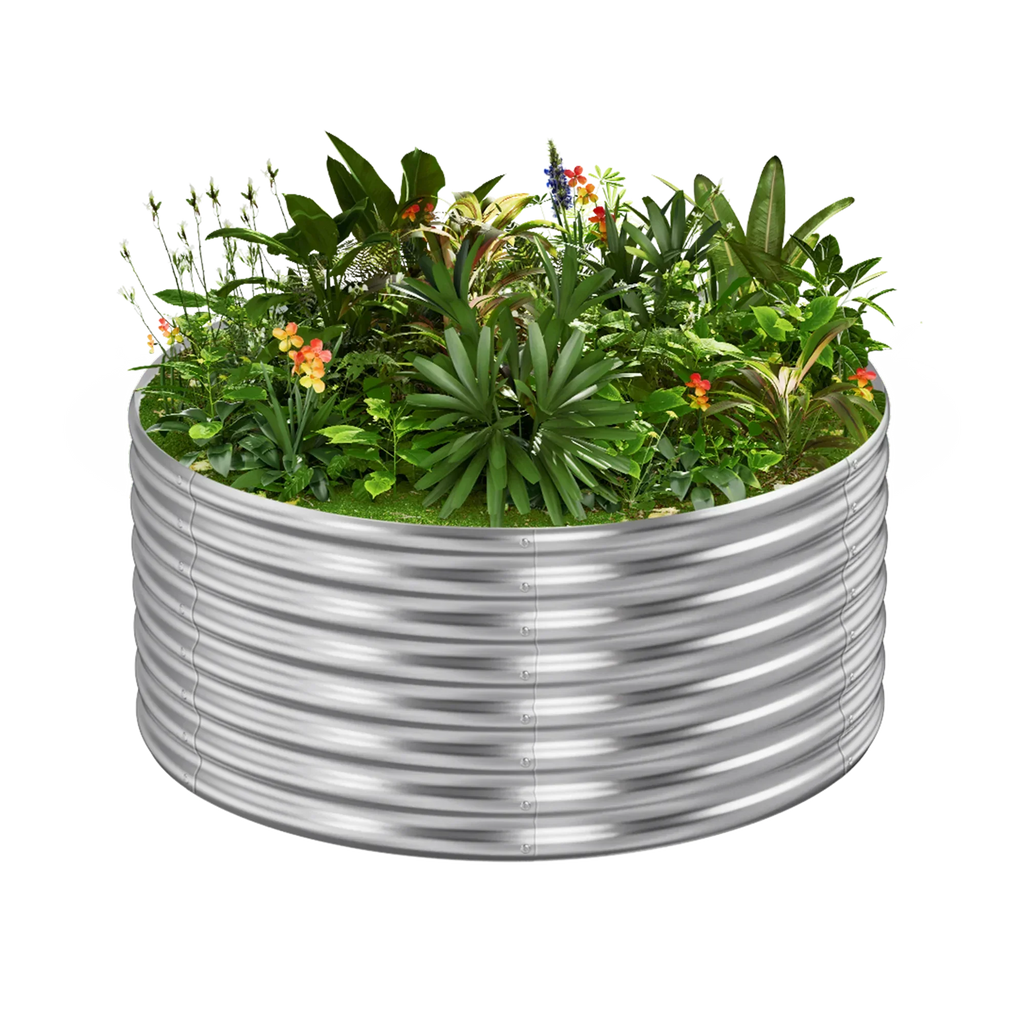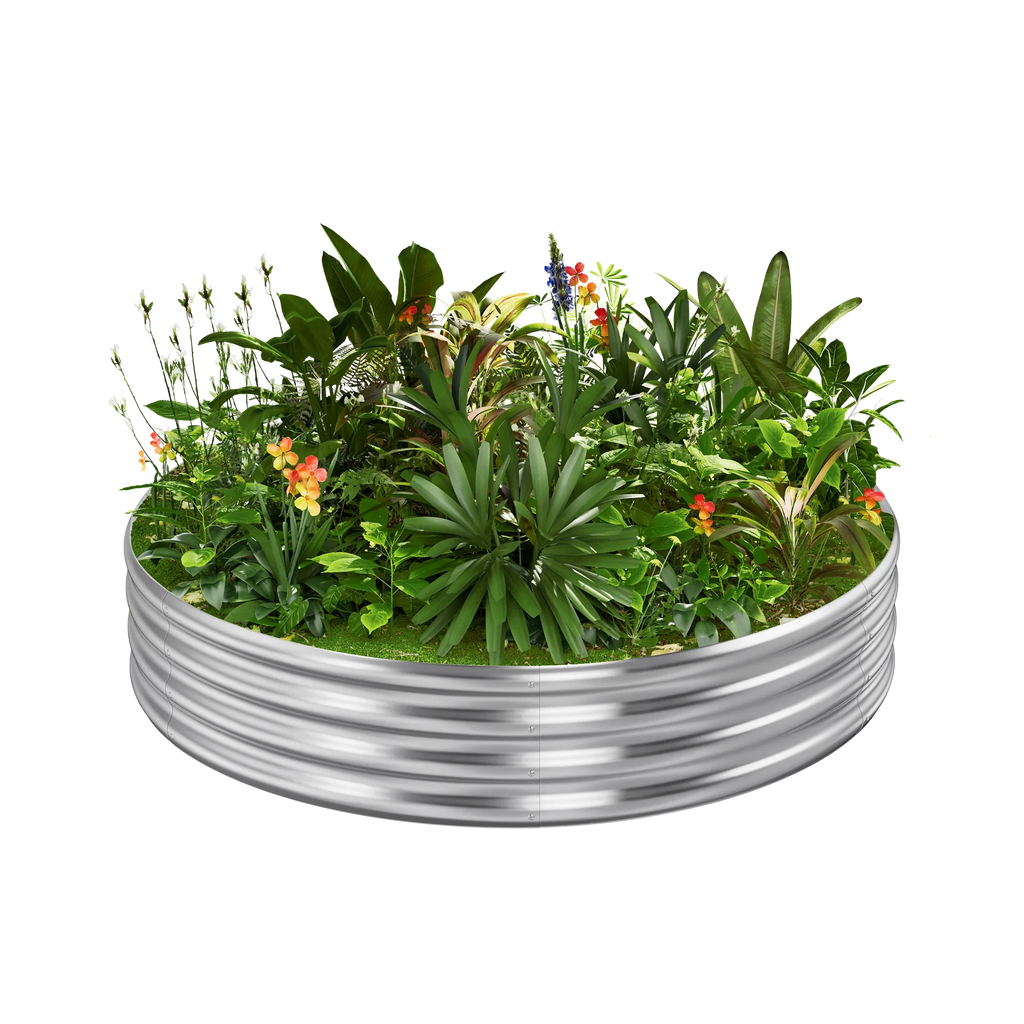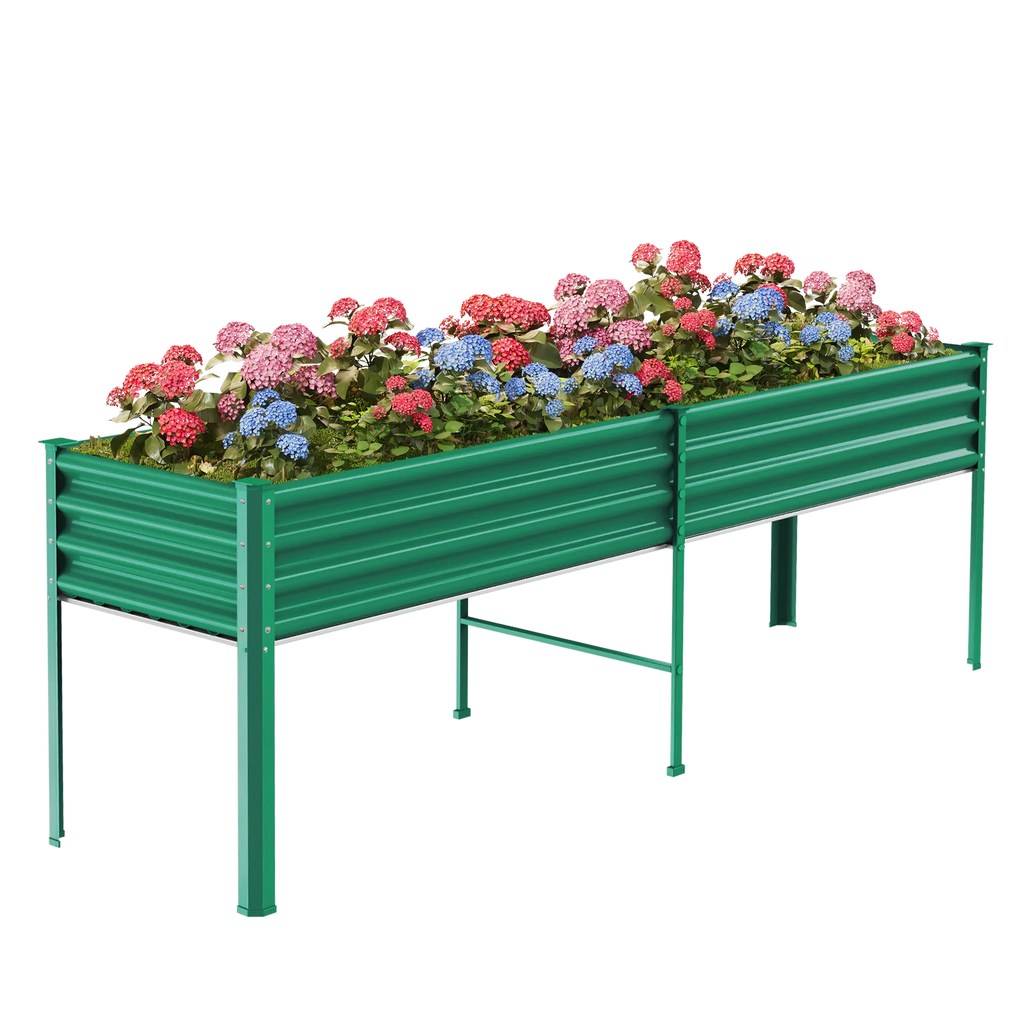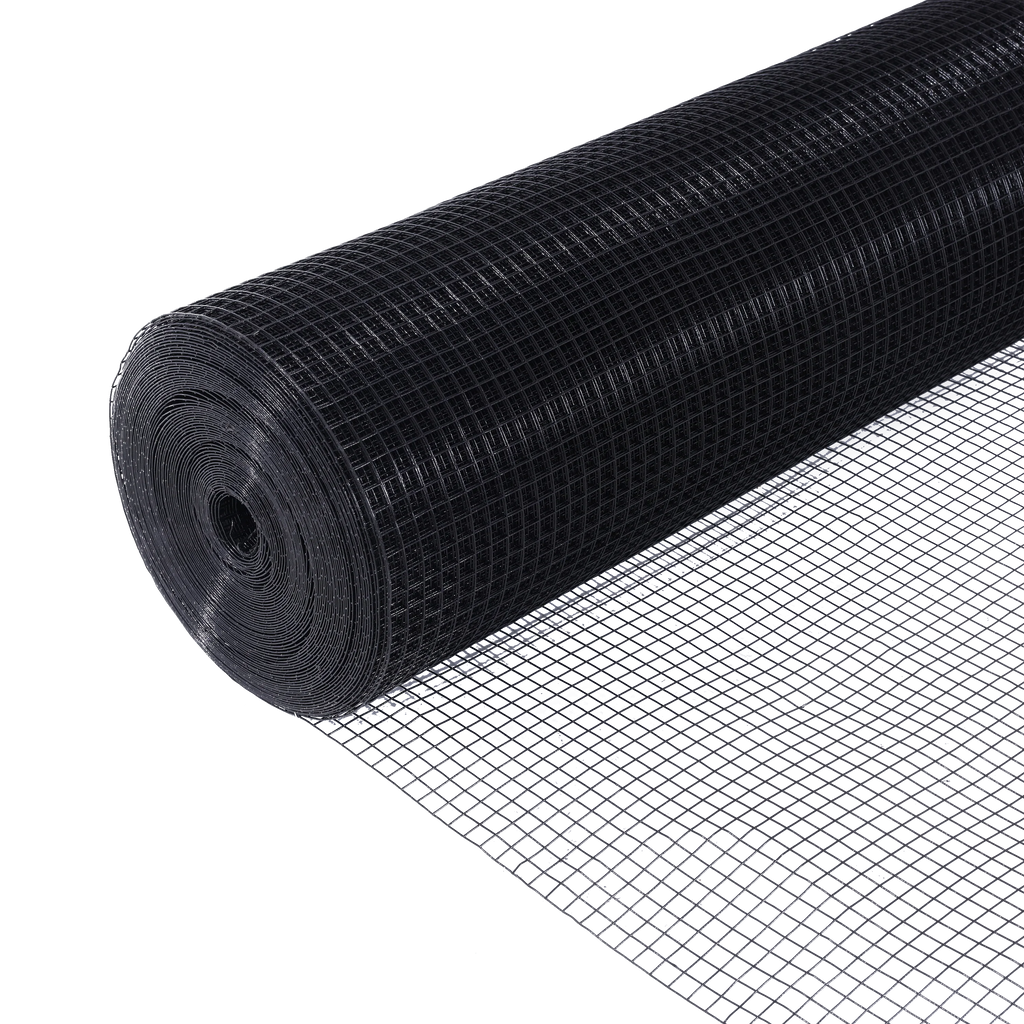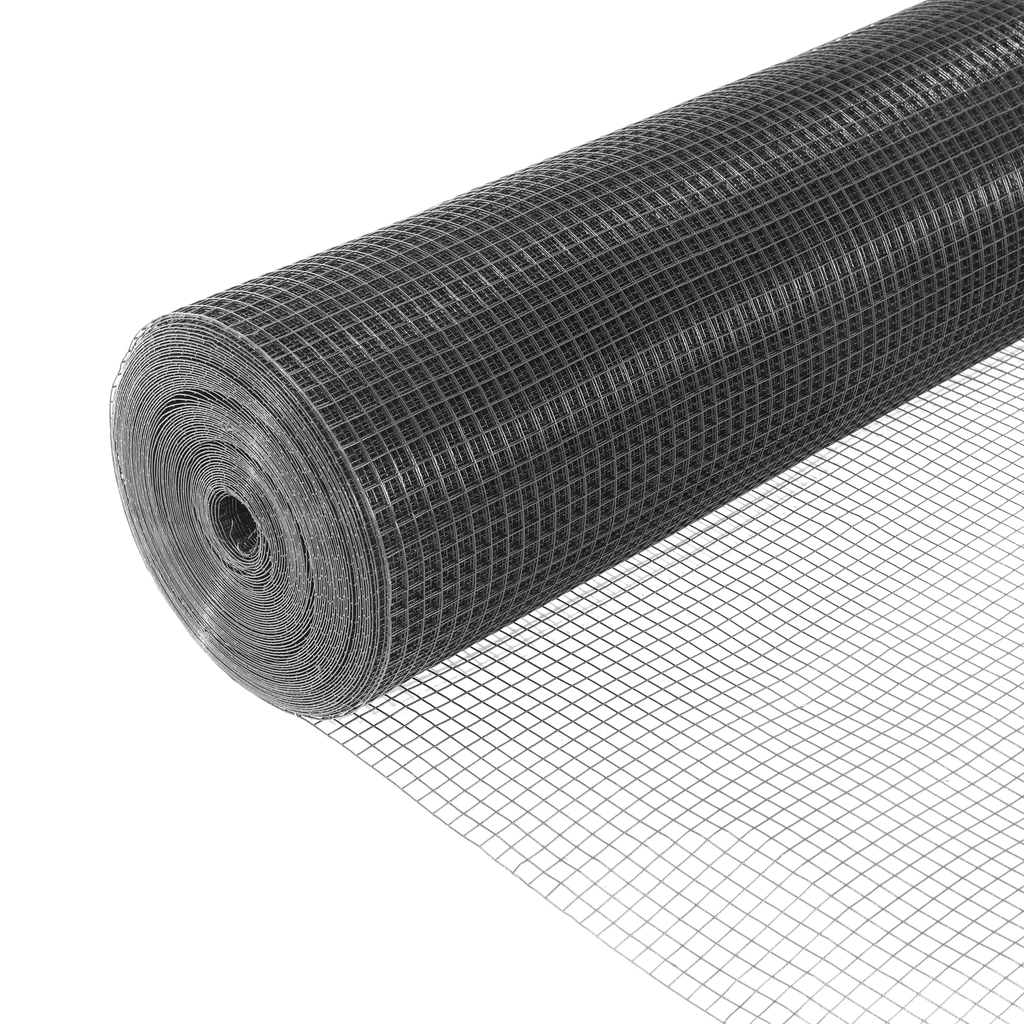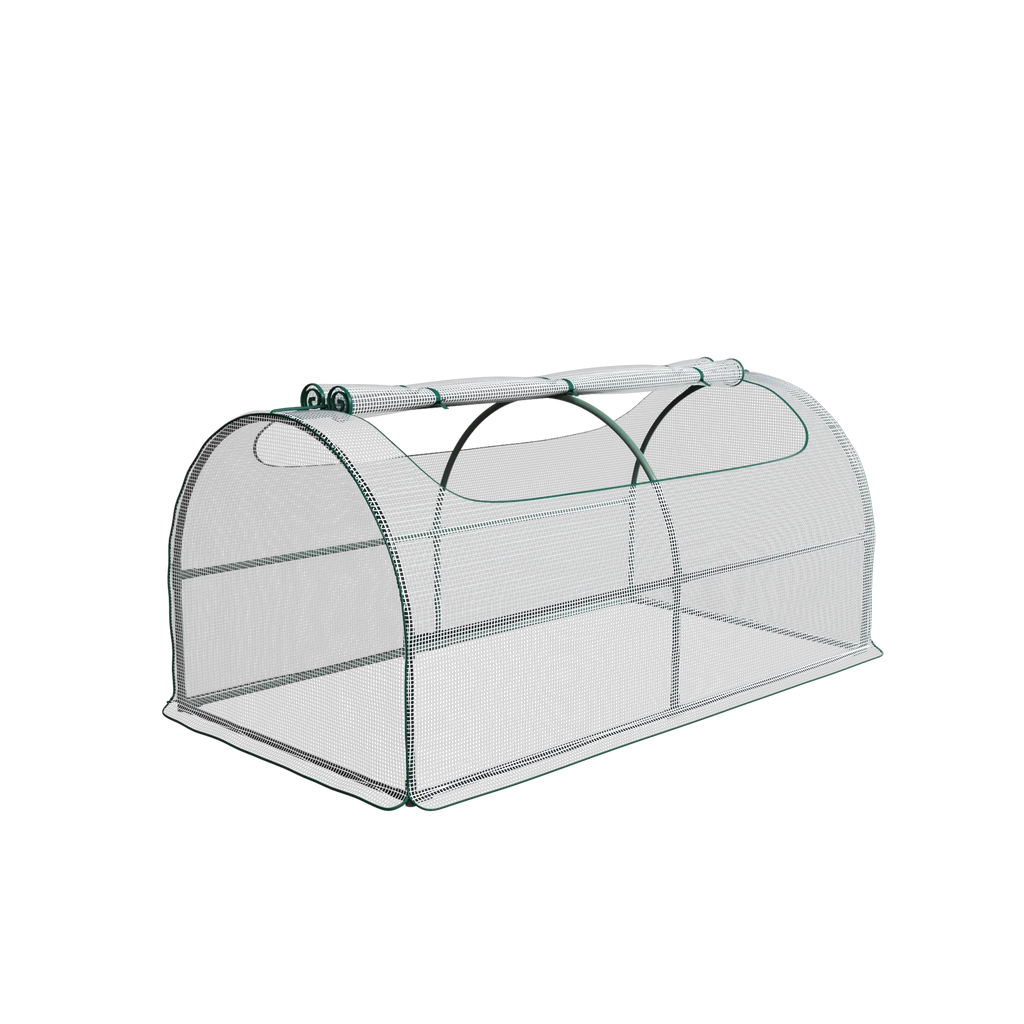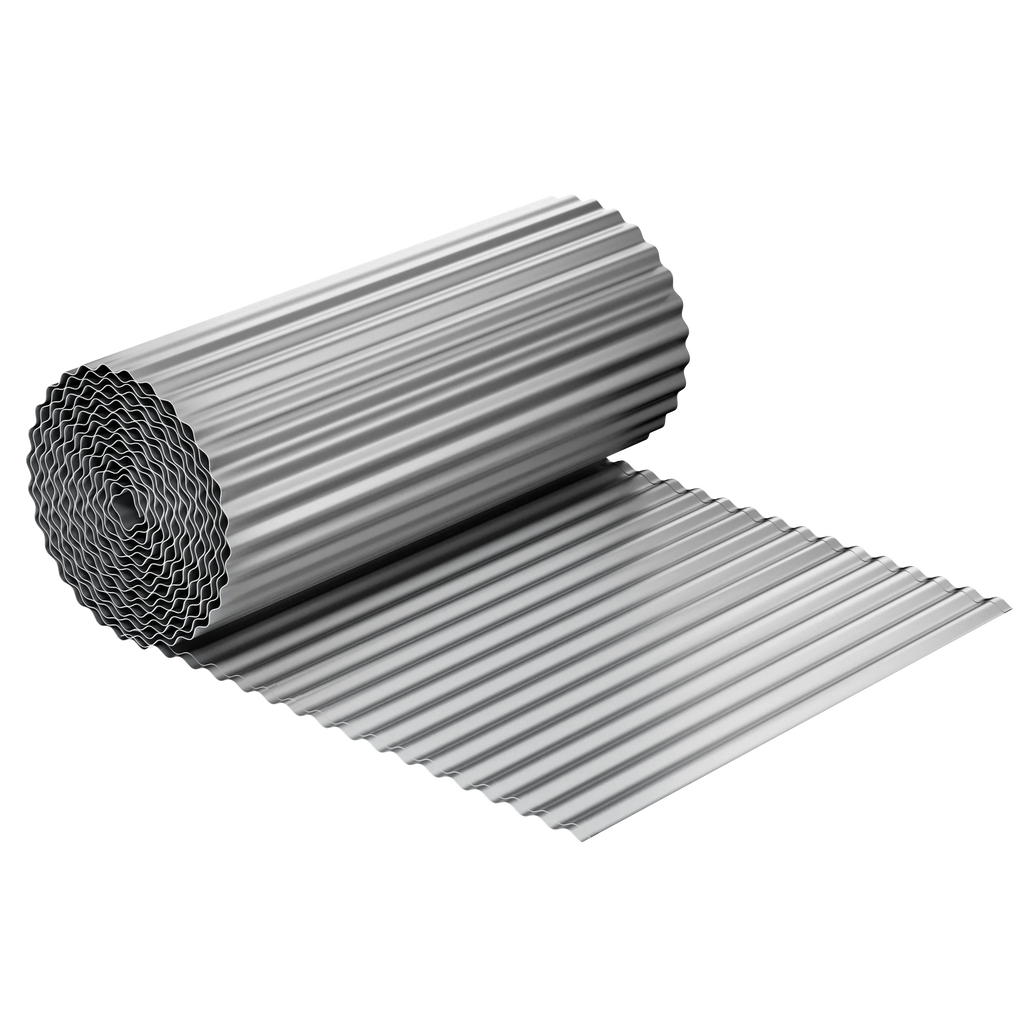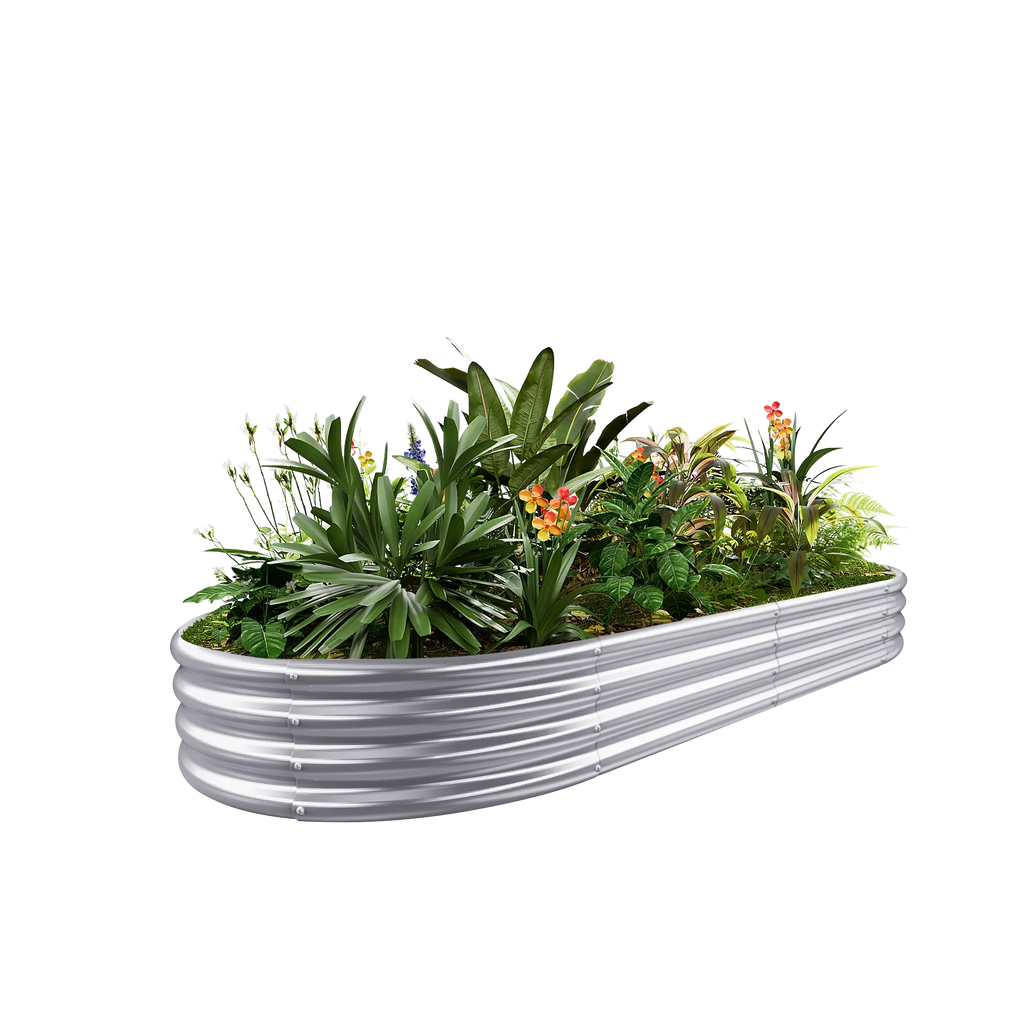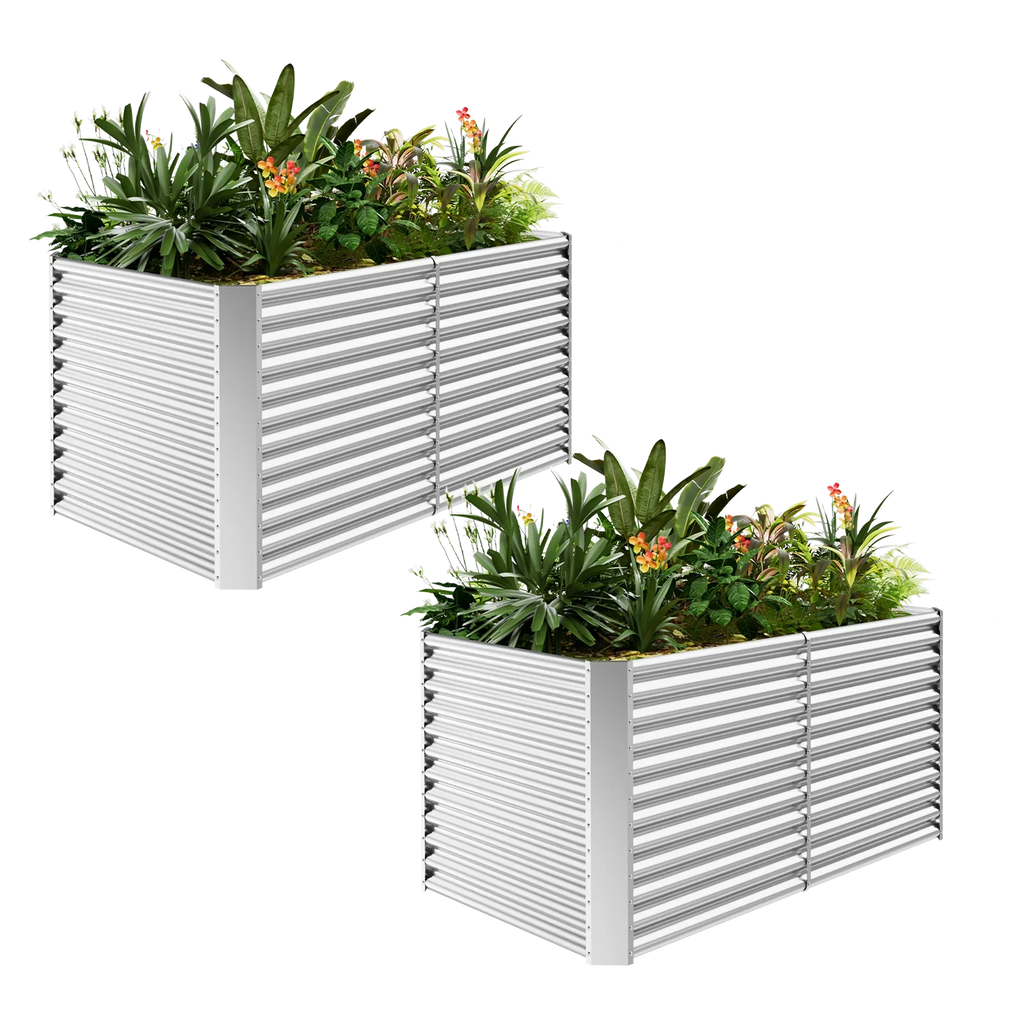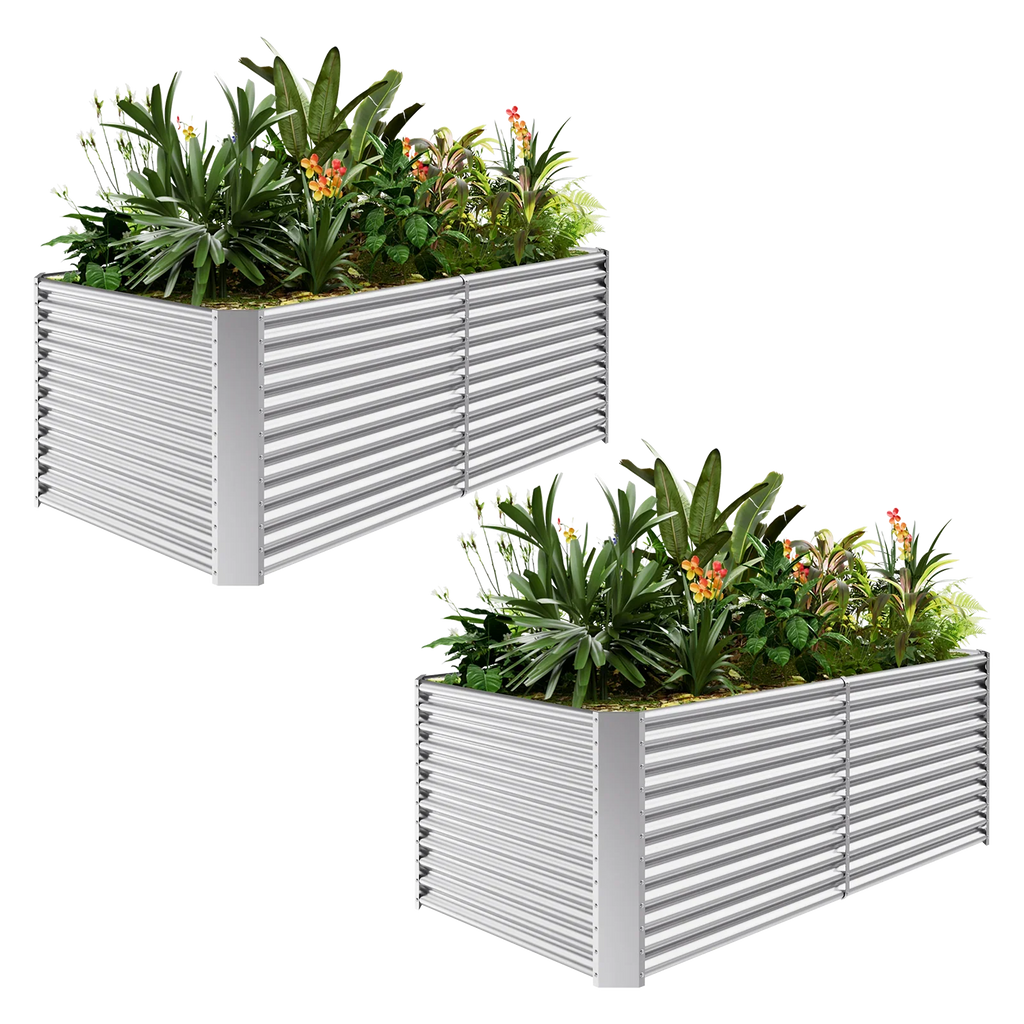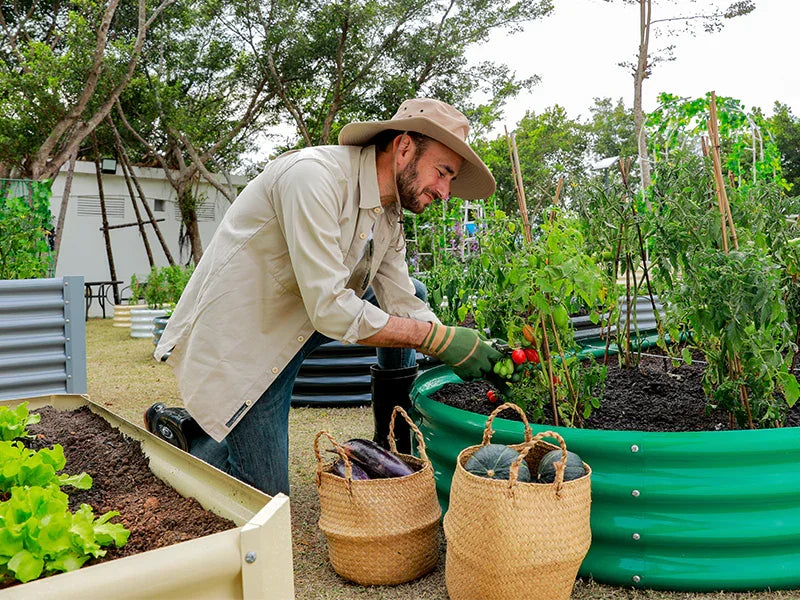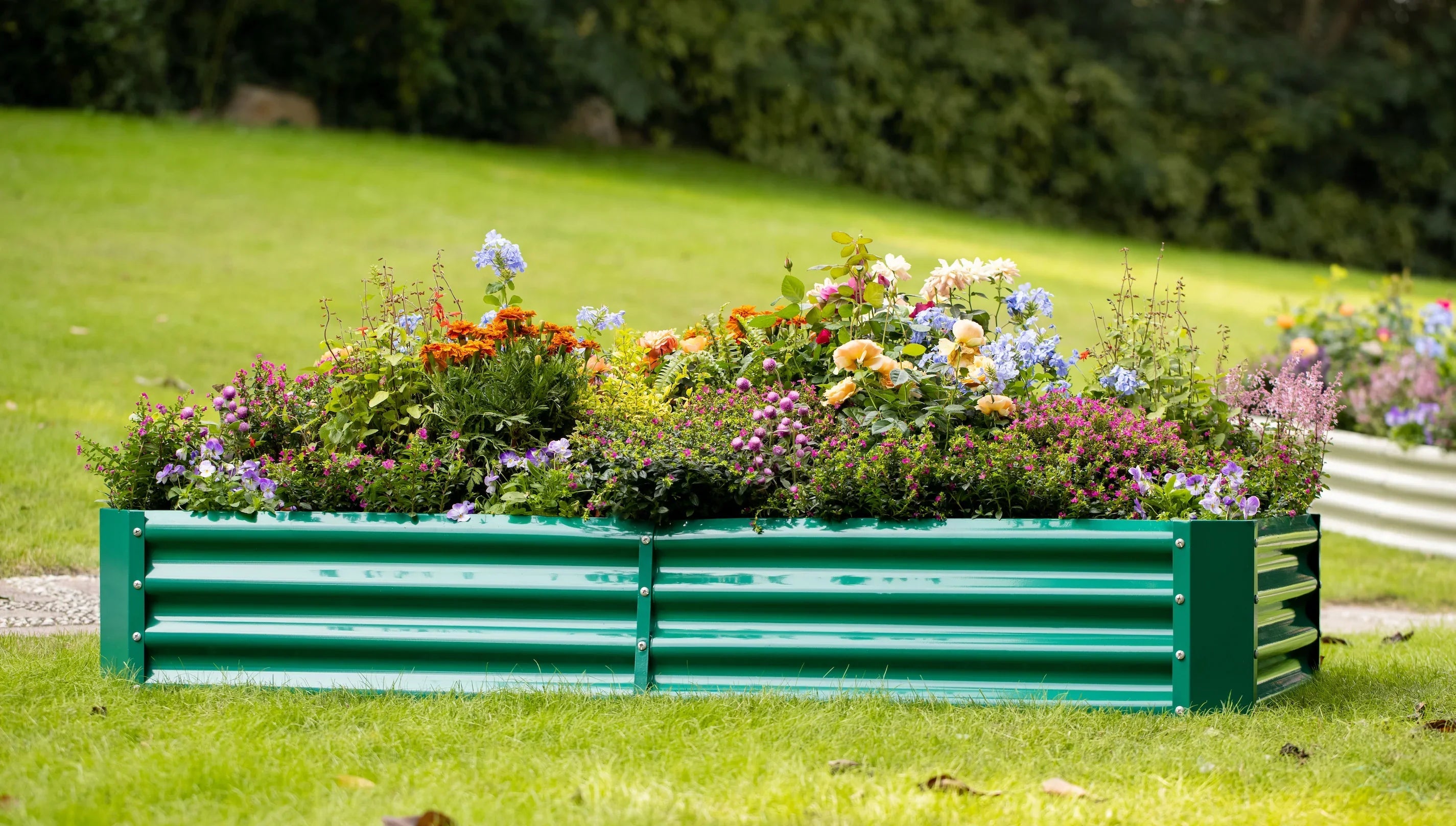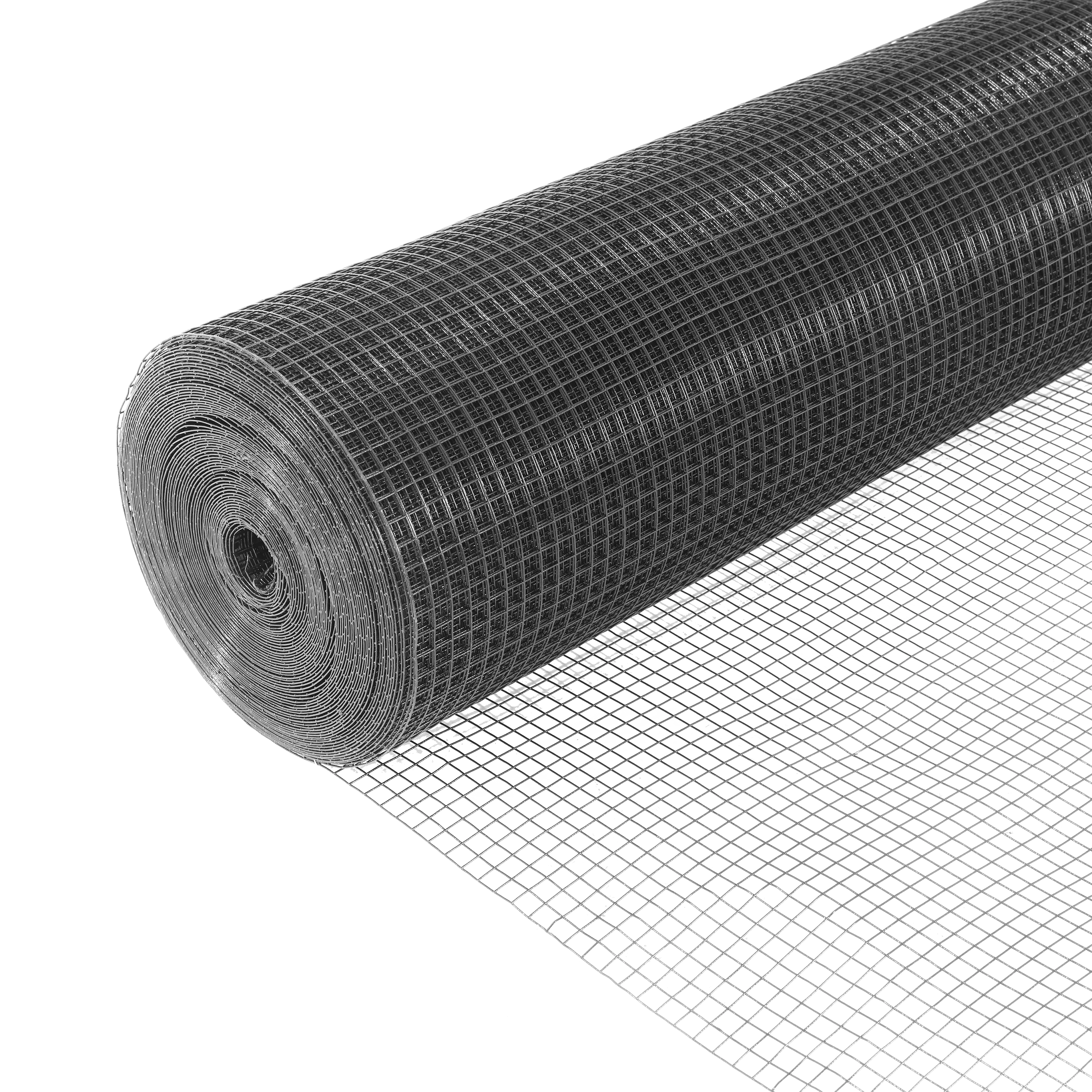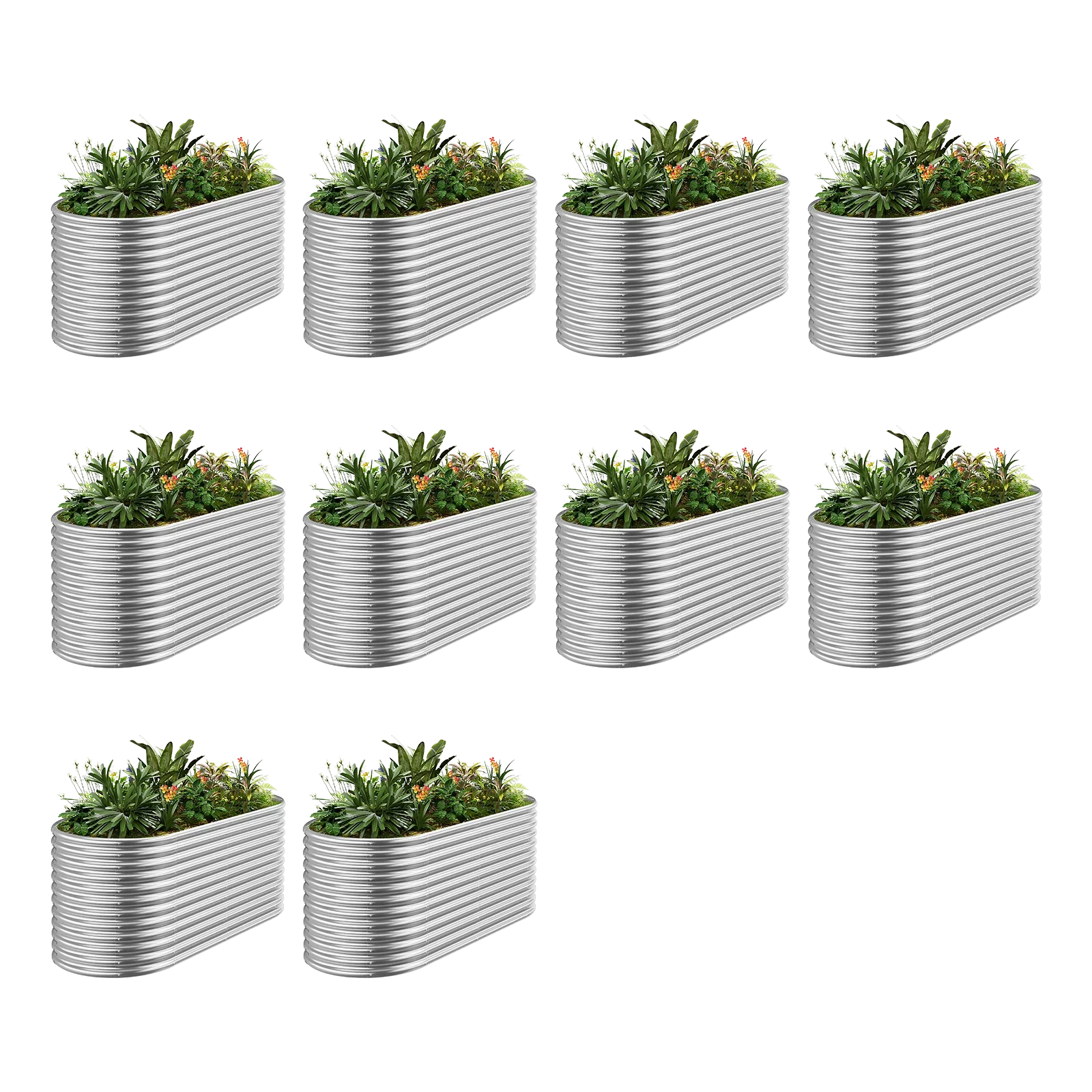Growing potatoes in raised gardens is a game-changer for home gardeners. The controlled environment, great drainage, and easy access make it a perfect setup for spuds. But if you want to boost your harvest, hilling potatoes is the secret weapon. This simple technique encourages your plants to produce more tubers, giving you a bigger, better yield. In this guide, we’ll explore why hilling matters, how to do it in raised gardens, and tips to maximize your potato production.
Why Hilling Potatoes Matters
Hilling is the process of piling soil around the base of potato plants as they grow. Why bother? Potatoes form their tubers underground, along the stems that are covered by soil. By adding more soil, you create extra space for tubers to develop, which means more potatoes. Hilling also protects tubers from sunlight, which can turn them green and bitter (and even toxic). In raised gardens, where soil depth is limited, hilling is especially important to make the most of your space and increase tuber production.
Benefits of Raised Gardens for Potatoes
Raised gardens are ideal for potatoes. The loose, well-drained soil prevents waterlogging, which can rot tubers. You can also customize the soil mix to give your potatoes the perfect growing conditions—think fluffy, nutrient-rich dirt that’s easy for roots to push through. Plus, raised beds warm up faster in spring, giving your potatoes a head start. Hilling in raised gardens takes these advantages further by ensuring tubers have plenty of room to grow without hitting a hard barrier.

How to Hill Potatoes in Raised Gardens
Hilling is straightforward, but timing and technique matter. Here’s how to do it right:
· Start Early: Begin hilling when your potato plants are about 6-8 inches tall, usually a few weeks after planting. This is when the stems are sturdy enough to handle the extra soil.
· Add Soil Gradually: Use a hoe or shovel to mound loose soil or compost around the base of each plant, covering about half the stem. Leave a few inches of leaves sticking out so the plant can keep photosynthesizing.
· Repeat as Needed: Hill again every two to three weeks, adding more soil as the plants grow. In a raised garden, you might need to bring in extra soil or compost to keep the mound high enough—aim for a total of 6-12 inches of added soil by the end of the season.
· Keep It Loose: Don’t pack the soil tightly. Loose soil lets tubers expand easily and promotes healthy growth.
If your raised bed isn’t deep enough, you can use straw or mulch instead of soil for hilling. This works just as well and is easier to manage in shallow beds.
Tips for Maximizing Tuber Production
Hilling is a big piece of the puzzle, but a few extra steps can take your potato harvest to the next level:
· Choose the Right Varieties: Yukon Gold, Russet, or Red Pontiac are great for raised beds because they produce plenty of tubers and adapt well to confined spaces.
· Water Wisely: Potatoes need consistent moisture, especially during tuber formation. Water deeply once or twice a week, keeping the soil moist but not soggy.
· Fertilize Smartly: Use a balanced fertilizer (like 10-10-10) at planting, then switch to a low-nitrogen mix (like 5-10-10) when hilling starts to focus energy on tubers, not leaves.
· Watch for Pests: Keep an eye out for potato beetles or aphids. Hand-pick beetles or use organic sprays like neem oil to keep them in check.
· Harvest at the Right Time: Wait until the foliage starts to yellow and die back before digging up your potatoes. This usually happens 2-3 months after planting, depending on the variety.
Common Hilling Mistakes to Avoid
Hilling is simple, but it’s easy to slip up. Don’t hill too early—wait until plants are tall enough to avoid burying them completely. Avoid using heavy, clay-like soil, as it can compact and stunt tuber growth. And don’t skip hilling altogether, or you’ll end up with fewer potatoes and a higher chance of green, inedible tubers.
Wrap-Up
Hilling potatoes in raised gardens is a tried-and-true way to increase tuber production and make the most of your garden space. By adding soil at the right times and pairing it with good care, you’ll be digging up heaps of delicious potatoes come harvest time. Grab your shovel, start hilling, and get ready for a spud-tacular yield!




